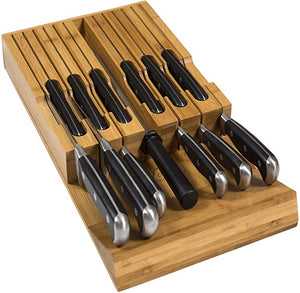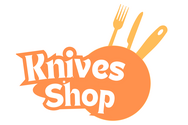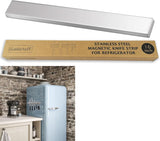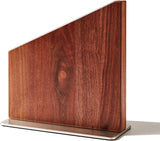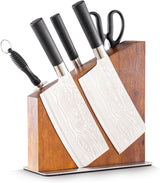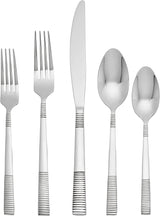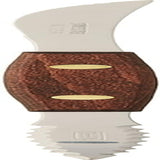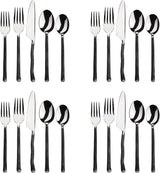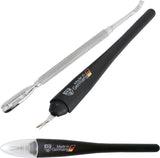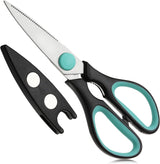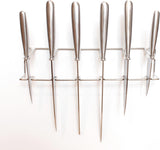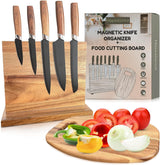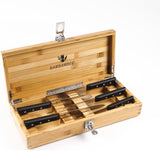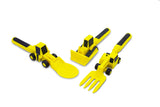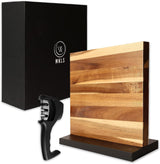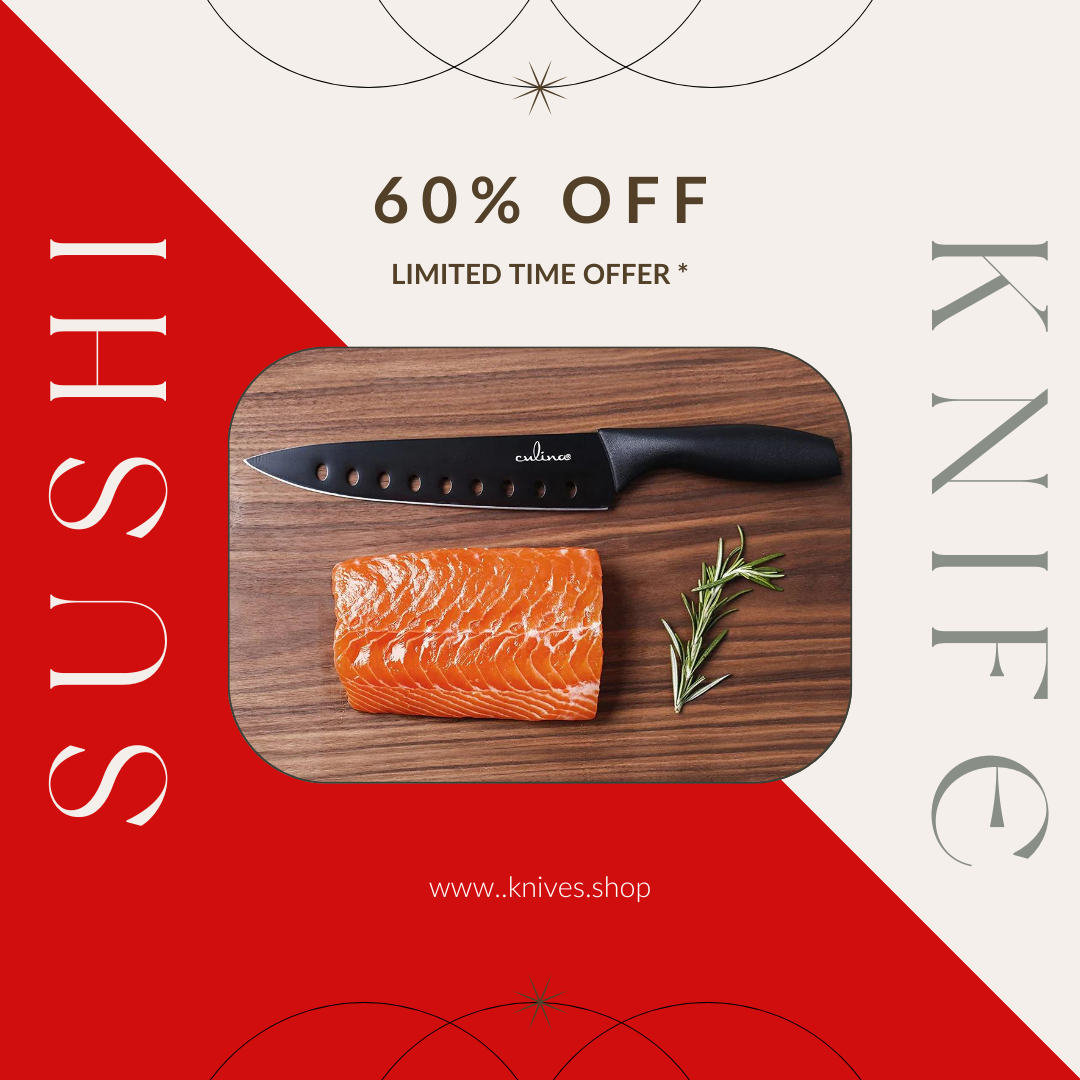In the world of culinary artistry, the type of knife you choose can significantly impact the quality of your dishes. As a kitchen professional, understanding fixed blade knife types is essential for mastering cutting techniques and ensuring efficient work in the kitchen. This article will delve into the intricacies and variations of fixed blade knives, exploring their uses, designs, and the benefits they offer over other types.

Why Choose Fixed Blade Knives?
Unlike their foldable counterparts, fixed blade knives provide unmatched stability and strength. These knives are constructed with the blade extending into the handle, forming a solid and secure tool ideal for heavy-duty tasks. For kitchen professionals, this means better control, enhanced precision, and a longer lifespan due to the robust construction.
Fixed blade knives are indispensable in culinary practices that demand precision and reliability. From filleting fish to slicing through tough meat cuts, these knives ensure you maintain accuracy with every stroke. Moreover, their design facilitates easier cleaning, reducing the risk of food contamination in professional settings where hygiene is paramount.
Types of Fixed Blade Knives
Caring for Your Chef's Knife
The chef's knife is a versatile culinary companion in any kitchen. With a broad blade tapering to a point, it is perfect for slicing, chopping, and dicing. Depending on the specific requirements, chefs may prefer a chef's knife with a full-tang design for improved balance and durability. Full tang knives are especially favored for their stability during intense food preparation sessions.
Bowie Knife
The Bowie knife is a large knife known for its characteristic clipped point. Originally designed for combat, its large, sturdy blade makes it ideal for chopping through thick meat or even breaking down poultry. This knife is a must-have for professional chefs who frequently engage in butchering tasks.Bowie knives are often celebrated for their history and functional design.
Kukri Knife
The Kukri knife is not only functional but also a unique addition to any kitchen knife collection. Its distinct curved blade is highly effective for slicing and dicing due to the leverage it provides. Chefs who appreciate versatility will find the kukri an exceptional tool for everything from cutting vegetables to carving meat. Kukri knives are as much a tool as they are a piece of culinary art.
Choosing the Right Fixed Blade Knife
Selecting the right fixed blade knife for your culinary needs depends on several factors, including the tasks you perform most frequently and the knife's specific design features. Chefs must consider blade length, handle ergonomics, and the material used in construction to ensure optimal performance in their kitchen.
Fixed blade knives are further distinguished by their tang, which can either be full or partial. A partial tang knife is lighter and may be suitable for less demanding tasks, while a full tang offers enhanced stability and control, essential for precision work.
Additionally, types of blade grinds such as the Scandi grind can affect the knife's cutting performance and ease of sharpening, which are critical factors for kitchen professionals.
Maintaining Your Fixed Blade Knives
Proper maintenance is key to sustaining the performance and longevity of fixed blade knives. Regular sharpening and careful cleaning are necessary to avoid dullness and potential rusting. Using a knife sharpener or honing rod is recommended, and knives should always be hand-washed and dried immediately to prevent damage from moisture.
For more detailed guidance on maintaining your knives, check out this informative guide on fixed blade knives. Following these steps can help ensure that your knives serve you well for many years.
Final Thoughts
Being equipped with the right fixed blade knife types is crucial for any kitchen professional aspiring to excel in their culinary journey. Understanding the strengths and specifications of each knife type can elevate your cooking craft, allowing you to perform with precision, safety, and efficiency. Whether you're preparing a gourmet meal or a simple dish, having the right knife can make all the difference.

FAQ
What is the difference between a fixed blade knife and a folding knife?
Fixed blade knives are more robust and stable as they do not have moving parts. They are ideal for heavy-duty tasks and offer greater durability.
How often should I sharpen my fixed blade knives?
Frequency of sharpening depends on usage, but it is generally good to sharpen your knives regularly to maintain their edge. Professionals using them daily should aim to sharpen weekly.
Are there specific tasks where certain fixed blade knives excel?
Yes, different knife designs cater to specific tasks. For instance, the chef's knife is versatile for most tasks, while the Bowie knife excels in butchery, and the Kukri knife offers exceptional slicing capabilities.
This article contains affiliate links. We may earn a commission at no extra cost to you.
